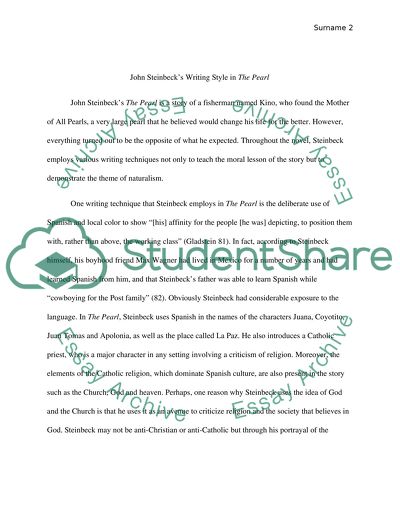Cite this document
(“John Steinbeck's Writing Style in The Pearl Case Study”, n.d.)
John Steinbeck's Writing Style in The Pearl Case Study. Retrieved from https://studentshare.org/literature/1469606-literacy-research-essay
John Steinbeck's Writing Style in The Pearl Case Study. Retrieved from https://studentshare.org/literature/1469606-literacy-research-essay
(John Steinbeck'S Writing Style in The Pearl Case Study)
John Steinbeck'S Writing Style in The Pearl Case Study. https://studentshare.org/literature/1469606-literacy-research-essay.
John Steinbeck'S Writing Style in The Pearl Case Study. https://studentshare.org/literature/1469606-literacy-research-essay.
“John Steinbeck'S Writing Style in The Pearl Case Study”, n.d. https://studentshare.org/literature/1469606-literacy-research-essay.


